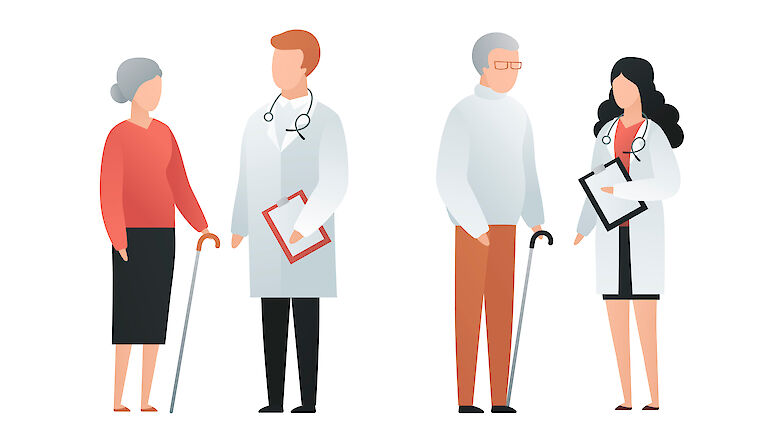English summary: EVALUATION OF HEART SYMPTOMS WITH AMBULATORY ECG - EXPERIENCES AT PEIJAS HOSPITAL

Background
Ambulatory electrocardiographic recording is a valuable but misused cardiologic tool.
Methods
In a prospective study we collected data from all recordings made during one calendar year in our hospital. We analysed a total of 326 recordings, of which 270 were 24-48-hour AECG (continuous ambulatory ECG) recordings and 56 were 72-hour PAE (patient activated episodic) recordings, made for a total of 312 patients.
Results
The recording was symptom-based in 49% of conventional AECG recordings and in 91% of PAE recordings. The most common symptoms were palpitations (43% of AECG and 57% of PAE recordings) and syncope (29% and 38%, respectively). The relevant symptom or symptoms occurred with certainty in 17% of the recordings (12% of AECG and 24% of PAE recordings), and in only 8% (6% and 12%, respectively) of all recordings the symptom coincided with a diagnostic electrocardiographic finding. Regarding palpitations, the symptom(s) occurred in 23% of the cases and coincided with a diagnostic finding in 14%; regarding syncope, the respective figures were 7% and 5%. The total percentage of only suggestive symptoms was 26, and the percentage of suggestive findings, with or without symptoms, was 36.
Conclusions
Without very careful patient selection, standard ambulatory electrocardiographic recording is an inefficient and costly method to diagnose common symptoms, especially syncope and related conditions. In case of symptoms with suspected severe cardiac cause, the current trend in both conventional (digitalised) ambulatory ECG recordings and (more invasive) patient activated recordings towards considerably longer recording periods is welcome.













